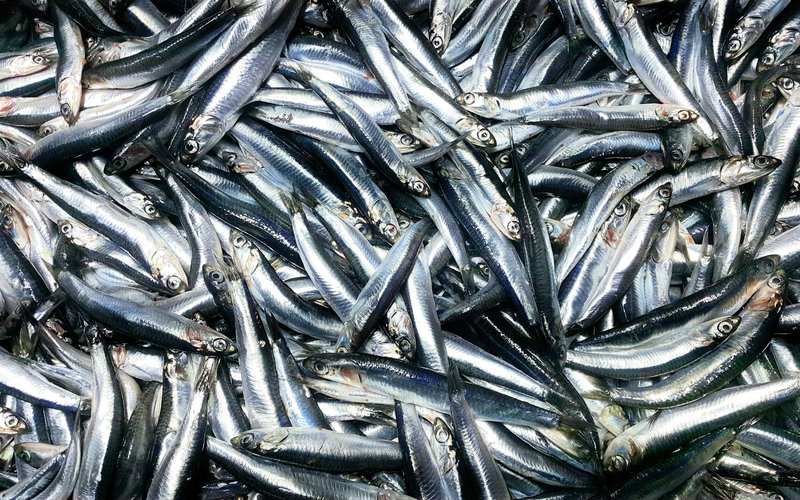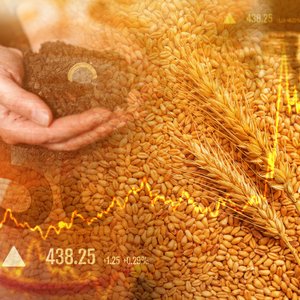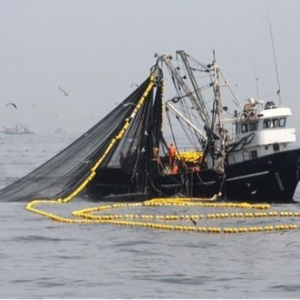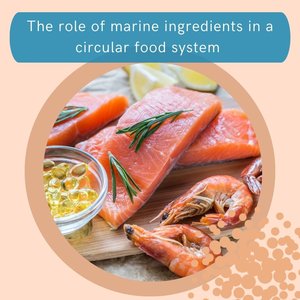Due to the challenges faced in 2023 with El Niño greatly limiting fishing in Peru and the market shifts, “every ton of EPA and DHA counts now,” said Jorge Garcia Herz from Marex Global Sourcing at IFFO’s Members Meeting that took place in Miami this week, gathering 220 delegates from 29 countries.
At a time when the first anchovy season is starting in the North-Center of Peru, the speakers shared positive expectations for a rebound in fishmeal and fish oil production to take place in 2024 after last year being marked by El Niño.
In terms of fish oil, while the markets settle with Peru fishing heading back to normal, after a drop of production in Peru by 100,000 metric tonnes, smoother sailing is predicted for 2024-2025. Despite this drop, global production in 2023 was only down by 30,000 metric tonnes. “Considering the slow start of Scandinavia and Chile, it is likely that fish oil supply will be less tight on the human consumption side and tighter on the aquaculture side,” he said.
“Circular oils, coming from byproducts and side streams, accounting for 100,000 metric tonnes, have been here for years, but I call them the silent contributors, the elephant in the room,” Garcia Herz said.
Technologies will be decisive in providing more stability to the market using residual streams, increasing the bioavailability of EPA and DHA, and enhancing the concentration of fish oil for human consumption with weaker oils, said Garcia Herz.
Global omega-3 market
Omega-3 ingredient oil use contracted by 0.6% in 2023 due to remaining stocks, which enabled brands to maintain the level of oils they could use, said Aldo Bernasconi from GOED. Growth is expected to resume in 2024 and return to an average annual growth rate of 2.5% until 2026, Bernasconi stated.
In terms of geographies, the older, more established markets contracted in 2023 due to inflation and restricted supply. The fastest-growing region was China, while Latin America, usually a fast-growing market although it accounts for very small volumes compared to the leading regions, remained relatively flat. The four largest markets, the US, Europe, China and Asia Pacific, account for 80% of the global volume. Gains in Asia in 2023 did not suffice to compensate for losses in the older, more established countries. Dietary supplements, heavily dependent on refined oil, contracted the most.
Pet food, usually a fast-growing category, was affected in 2023 by lower pet adoption rates and reduced levels of fortification. Low birth rates in China were offset by increased infant formula demand in other Asian markets.
About ⅔ of the omega-3 market demand for crude oils is supplied by Peruvian anchoveta. “Reliance on a single fishery leaves the omega-3 industry open to risk when supply is disrupted. It is unclear whether supply will recover sufficiently in 2024,” Bernasconi commented.
In 2023, on average, prices of omega-3 dietary supplements in the US and Europe rose around 10%. Brands have been reluctant to pass full cost increases on to consumers.










